Oberkätzer Str. 12
98634 Aschenhausen
Germany
Initially, a prayer room was probably established in one of the Jewish apartments. In 1738 a horse stable on the north side of the castle was converted into a first synagogue. For this an annual fee of 2 talers rent per congregation member was to be paid to the local lordship. On April 30, 1841, the synagogue burned down. The nearby bakehouse had gone up in flames, which also destroyed several neighboring buildings, including the Jewish school with the teacher's apartment. For almost 100 years this building served the Jewish community as a religious center. In 1936, a last service was held on the occasion of the wedding of a couple from Oepfershausen. After that, the synagogue was sold by the last board members to a Christian resident. The Torah scrolls and other cult objects are said to have been taken out of the synagogue before the sale and buried in the Jewish cemetery. The synagogue building was used as a barn after the sale. Since it was filled with hay on the night of the pogrom in 1938, it was not set on fire by the SA people coming from Kaltennordheim due to the resistance of the population. By 1980 the building was in a dilapidated state, but in that year it was included in the list of monuments of the Meiningen district. In the early 1980s, thoughts began to turn the building into a meeting place. In 1987, restoration began, which was completed with the help of many volunteers in 1991. On Pentecost Saturday 1991 the building could be inaugurated and serves since then as a place of meeting and memory.
.
From the memories of Bernd H. Müller (communicated on 18.11.2014): "I once went to school in my elementary school days in Aschenhausen. It was the fourth and fifth grade, in the time of 1967/68. Even then, the architecture of the synagogue impressed me. As a 'barn' it was built completely different from the ones I knew in the Vorderrhön. But at that time no one told us what the building was all about. It was not until the early 1980s, when I was studying in Leipzig and also had contact with the Jewish community in East Berlin, that I learned about the Jewish community in Aschenhausen. I will never forget my grandmother's description of how one of the last Jews, a woman from Oepfershausen, stood at the bus stop with her suitcase and left the village never to return. I took this photo of the synagogue in Aschenhausen in 1983, and it is hardly any different from the photo taken in the 1950s (see above). Part of the building was used as a chicken house. On the right you can see the large window with chicken ladder and entrance."
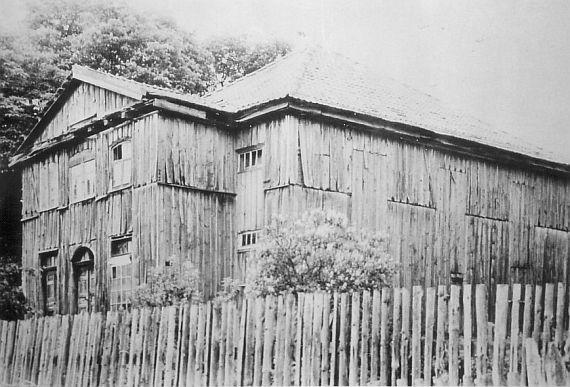
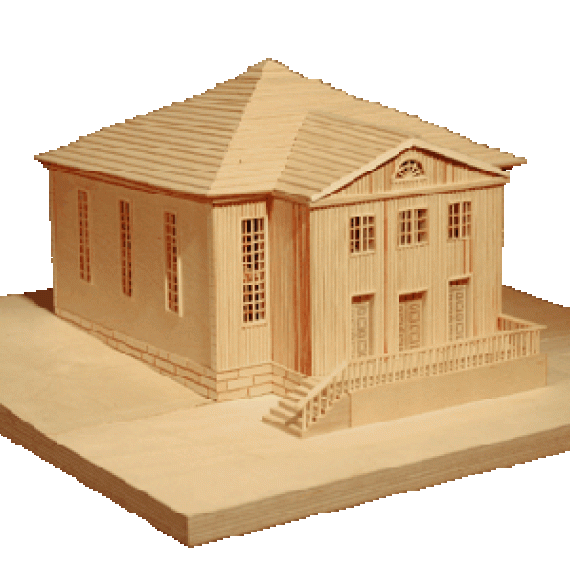
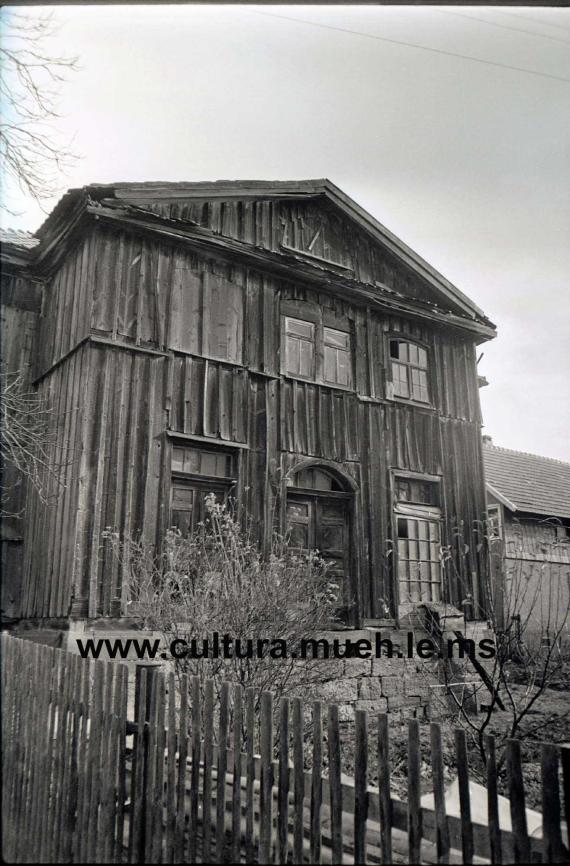
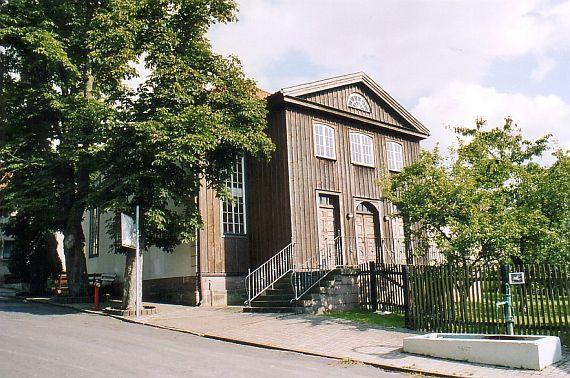
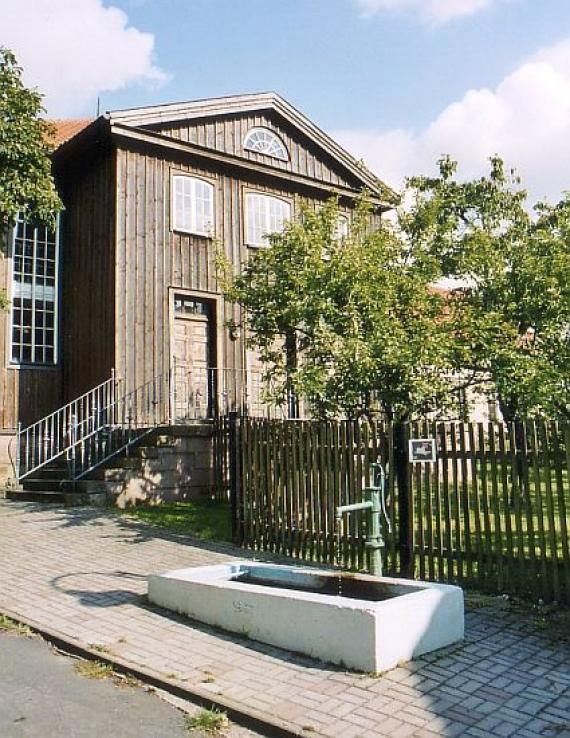

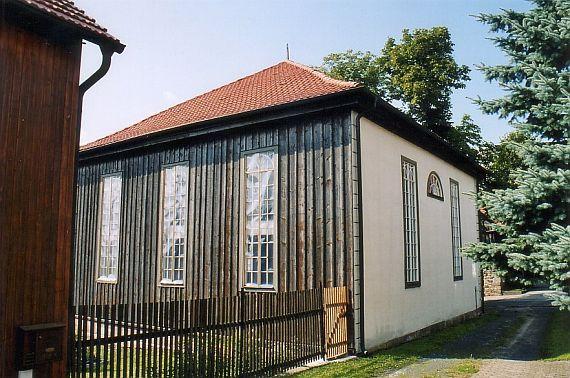
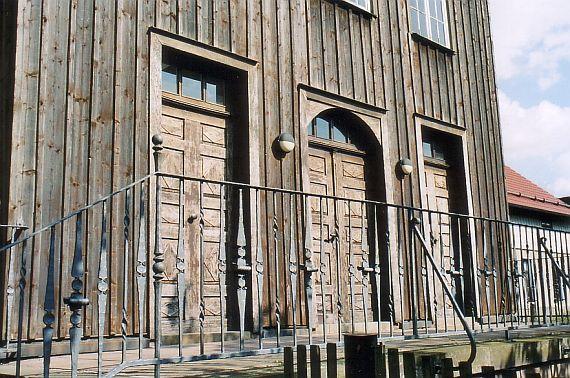
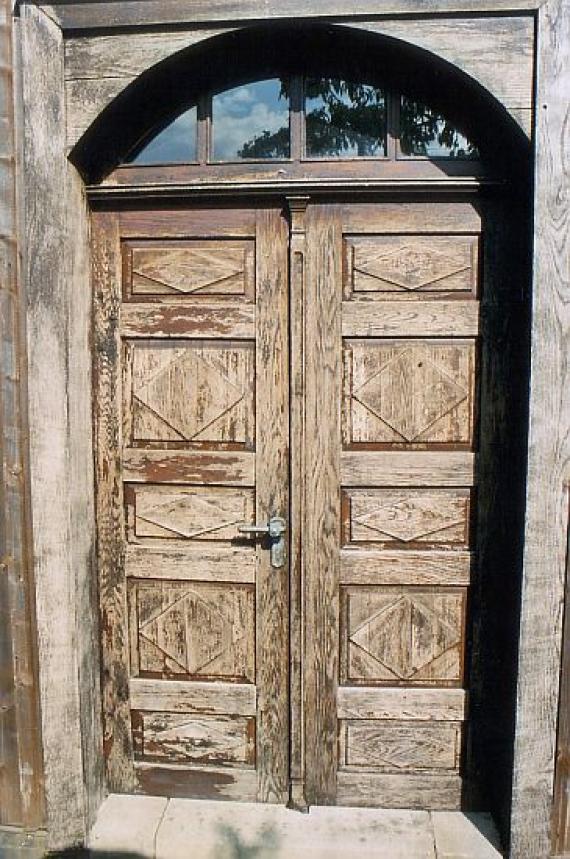
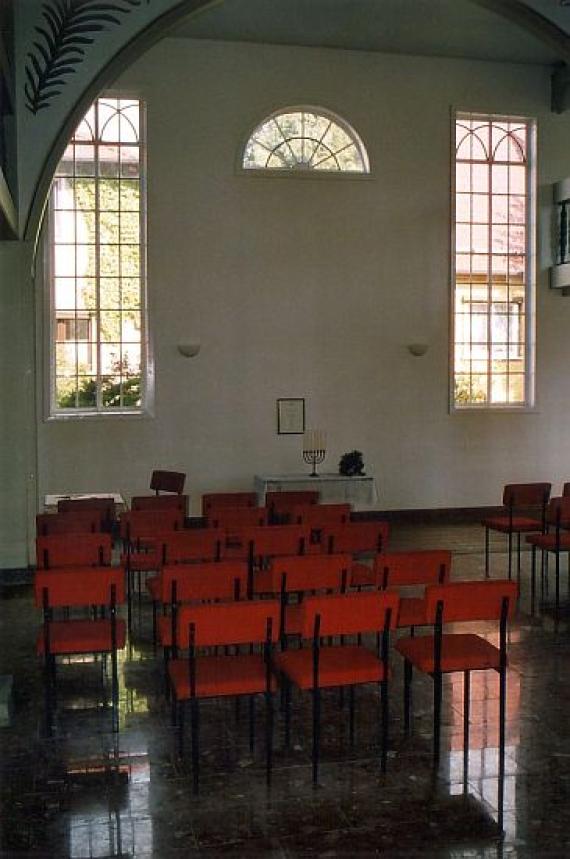
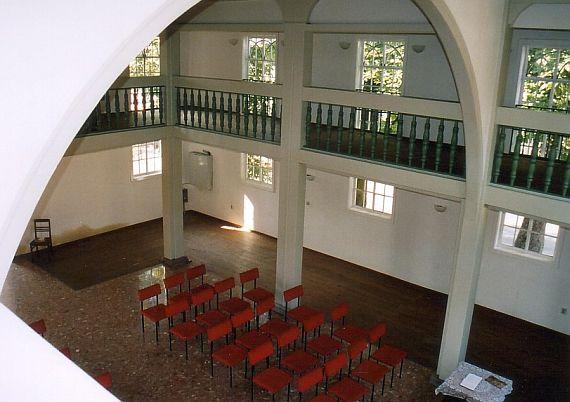
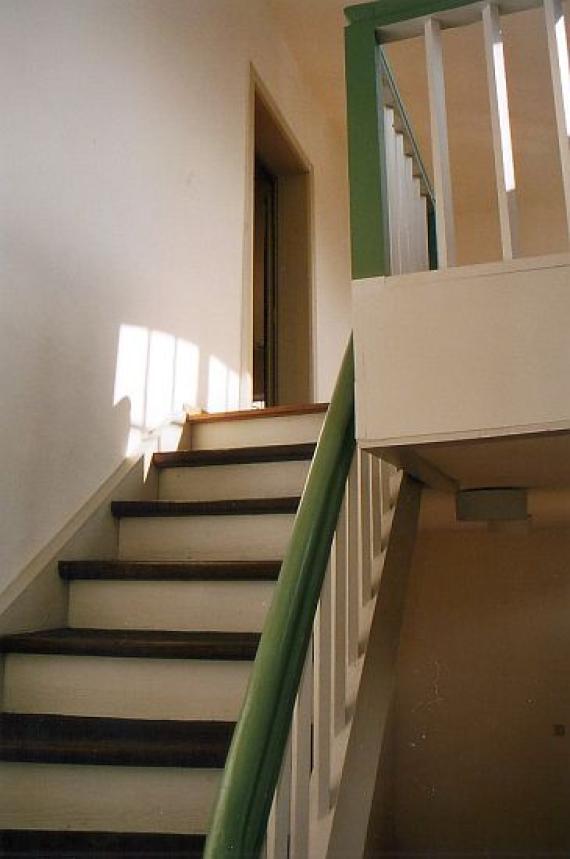
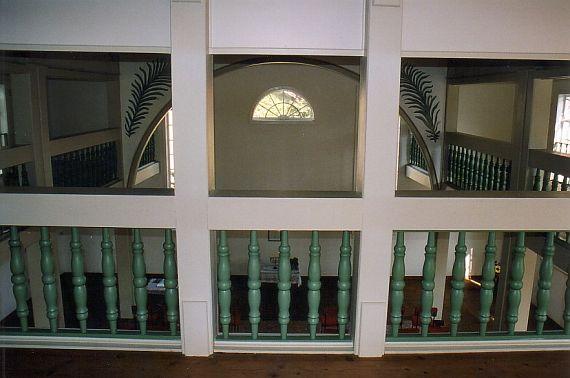
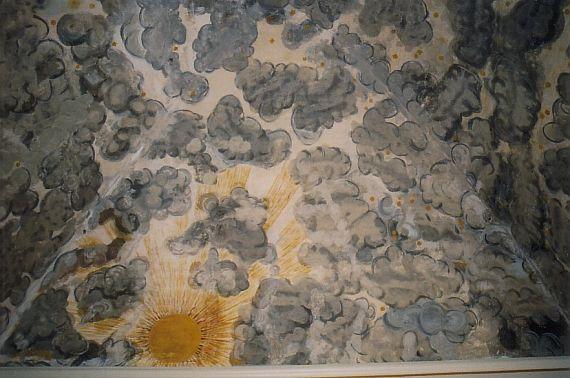
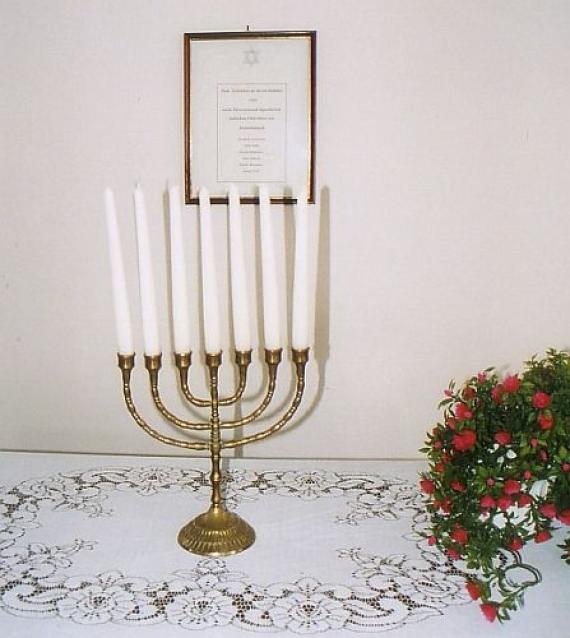
Add new comment